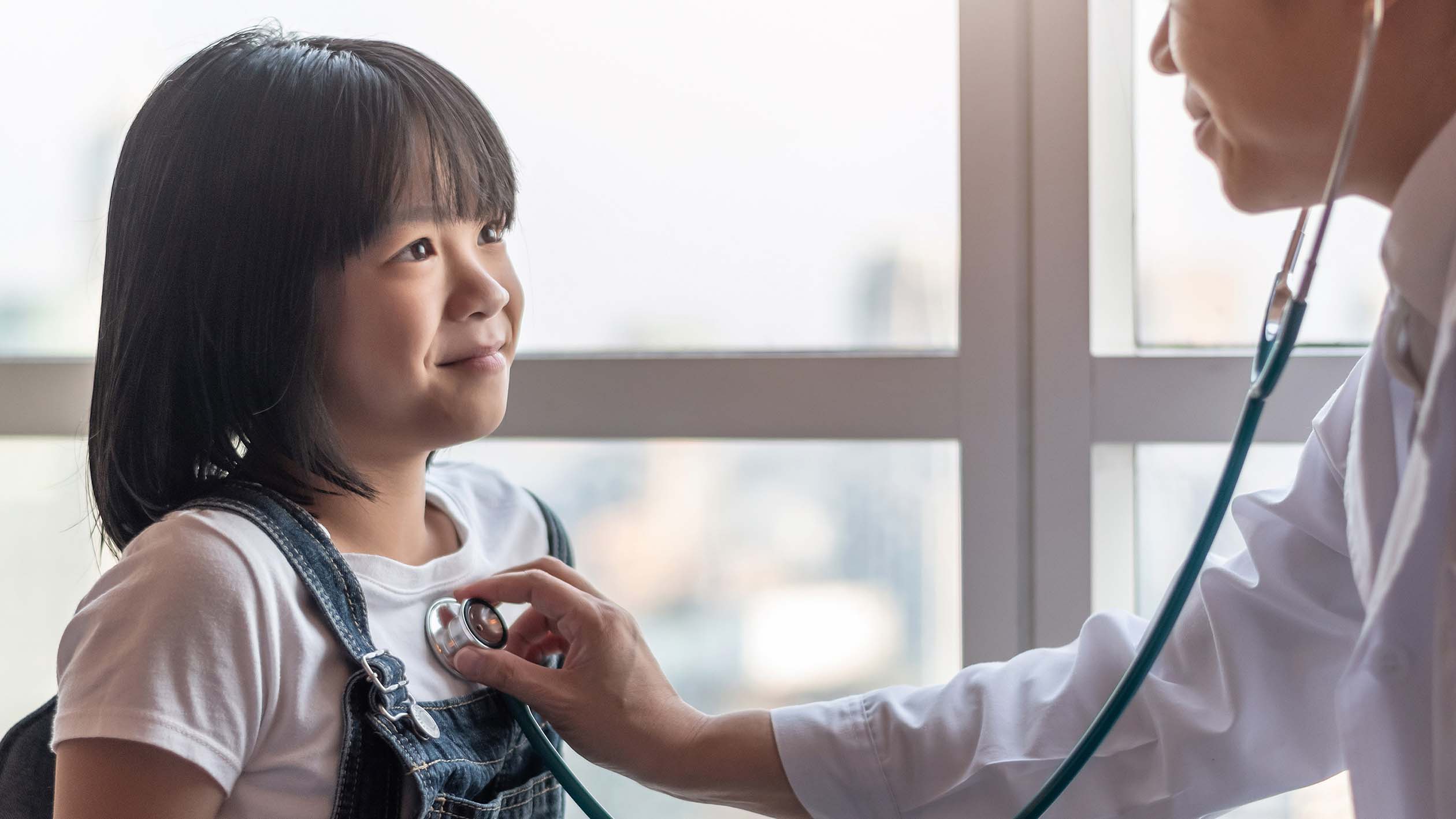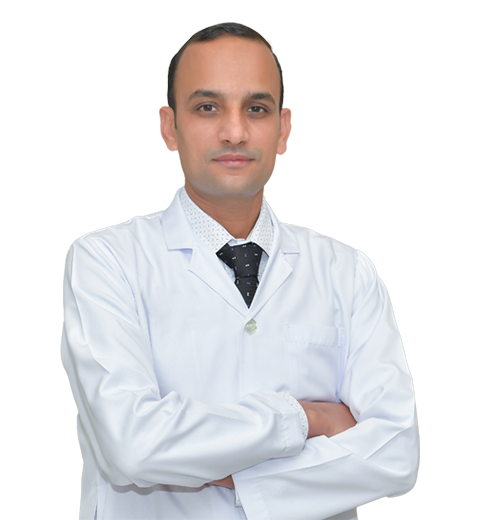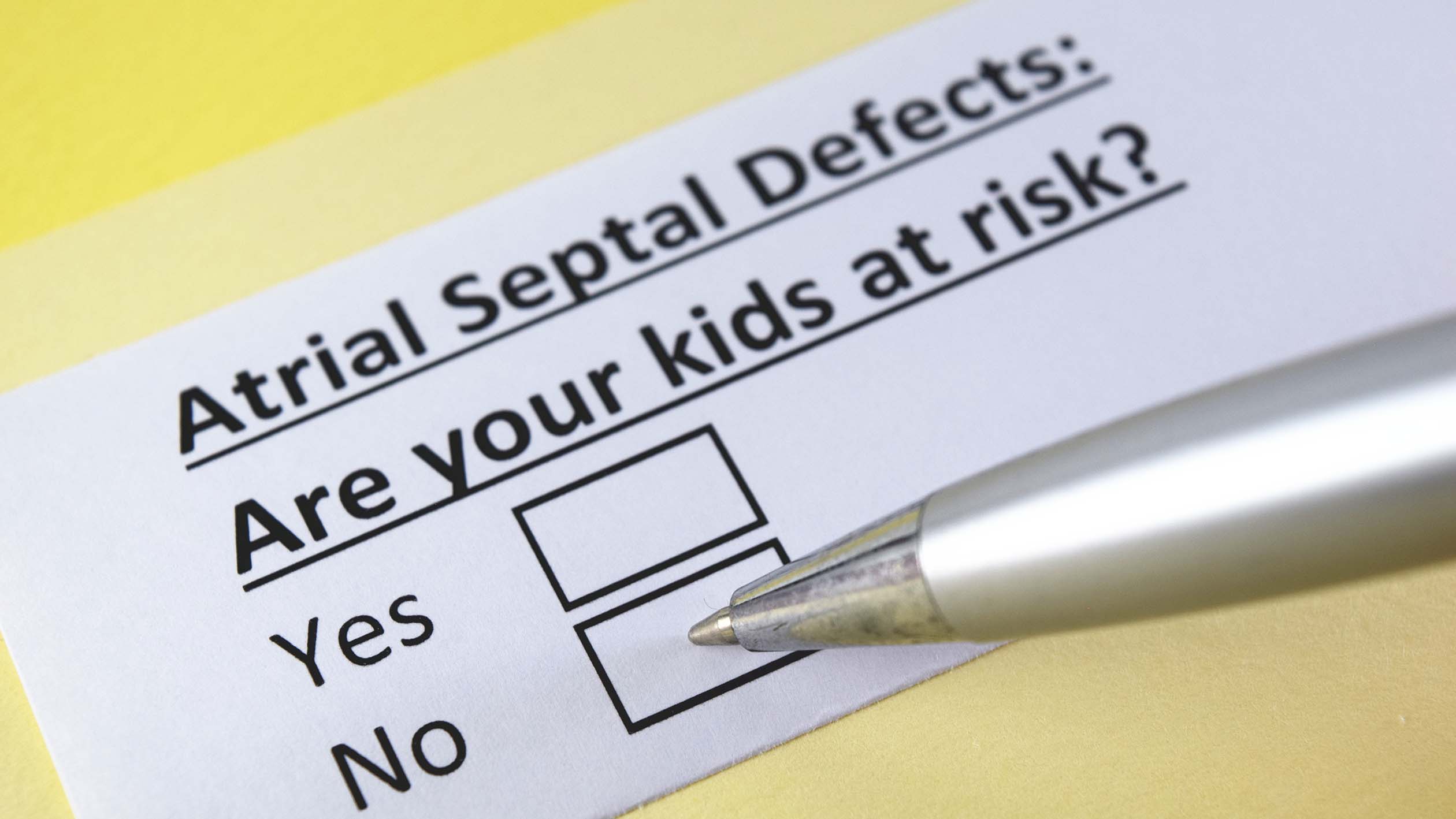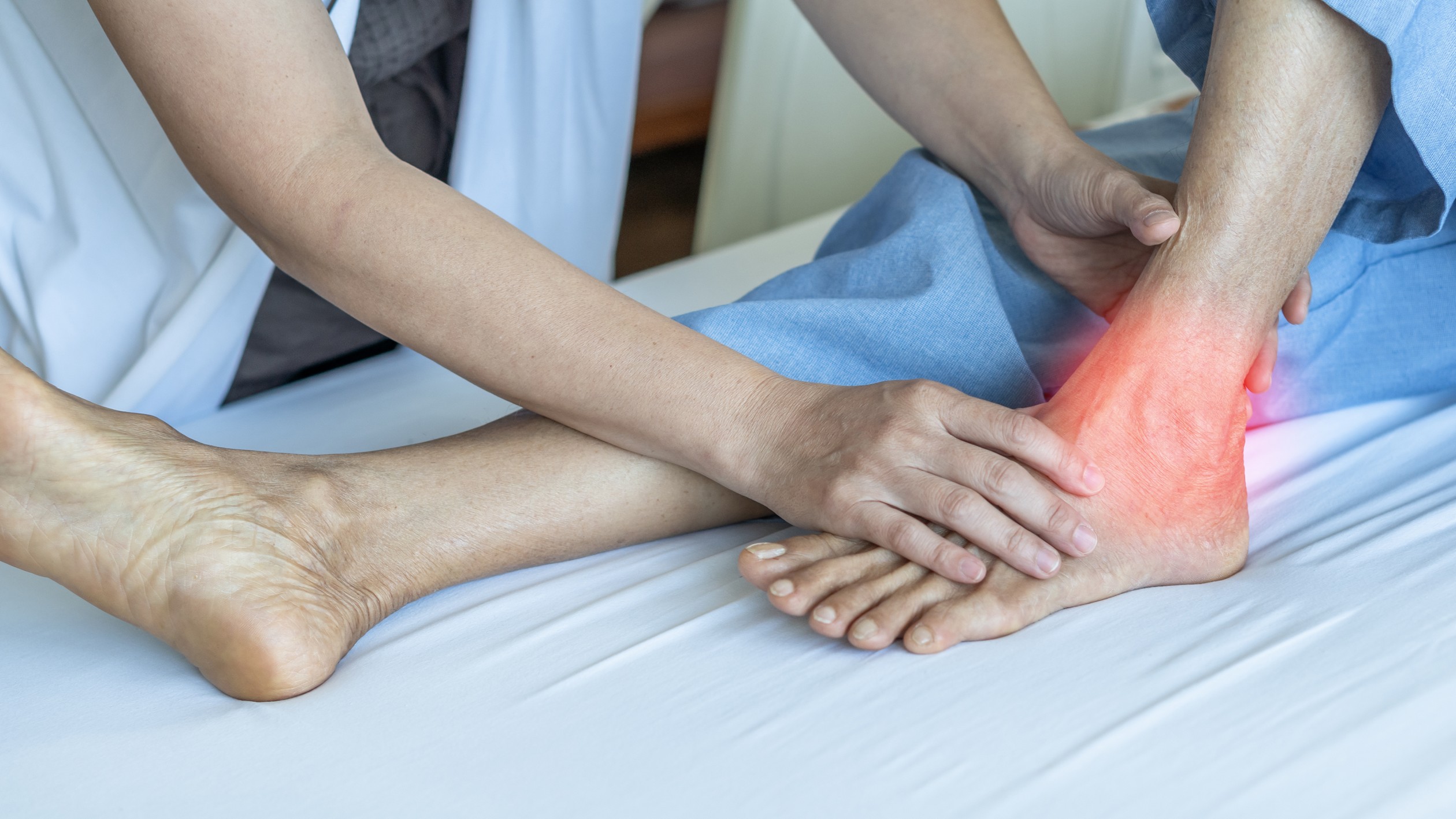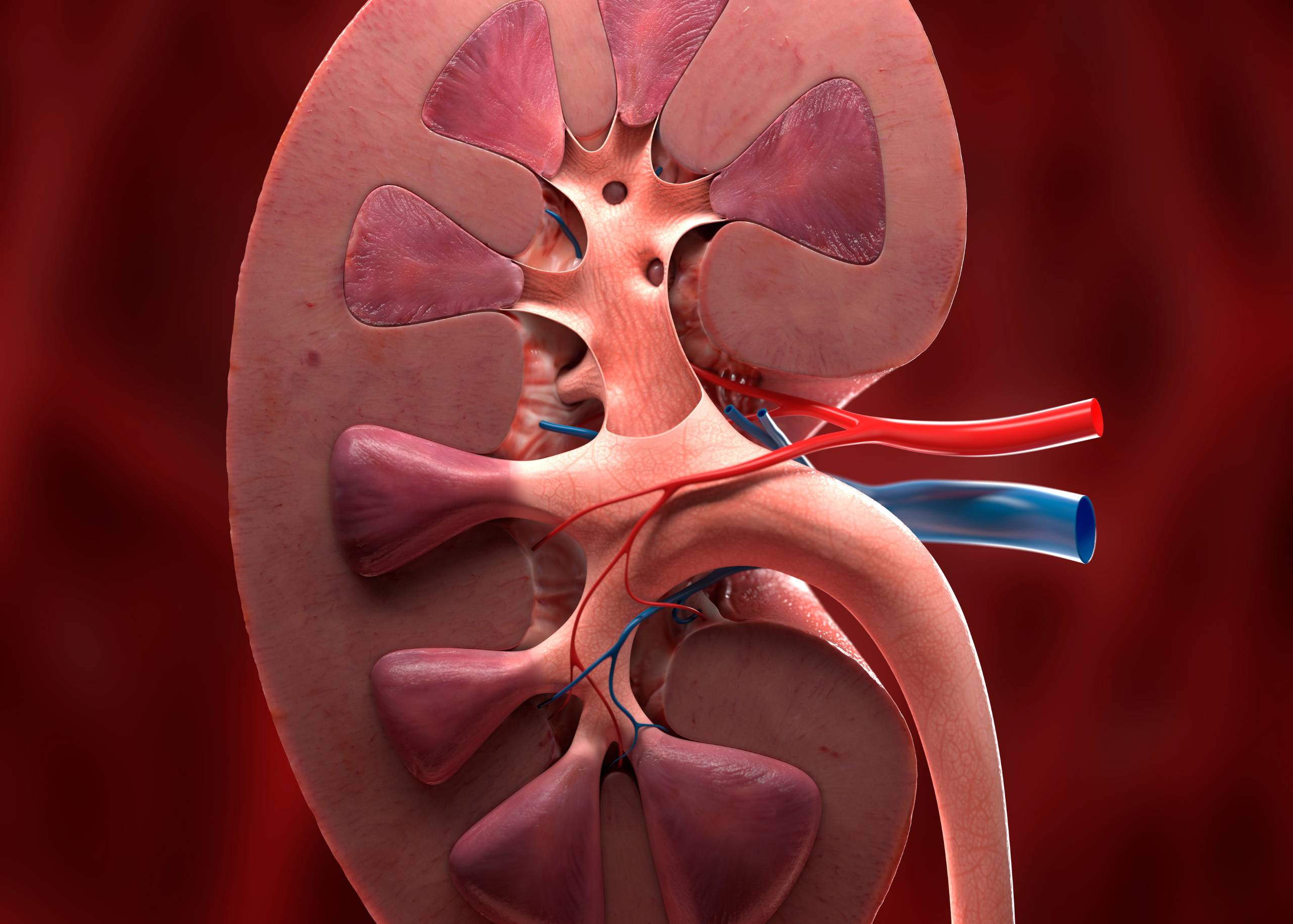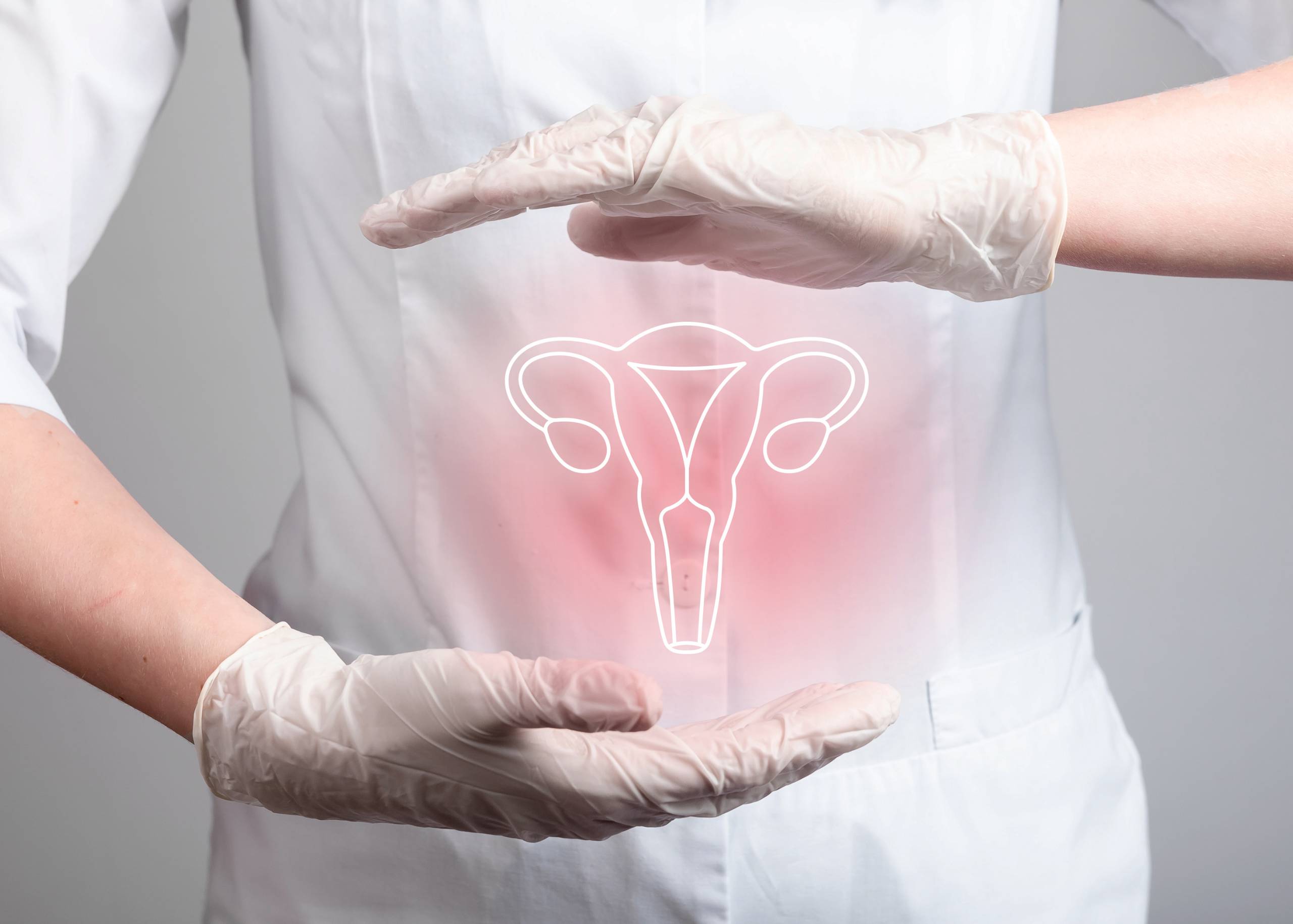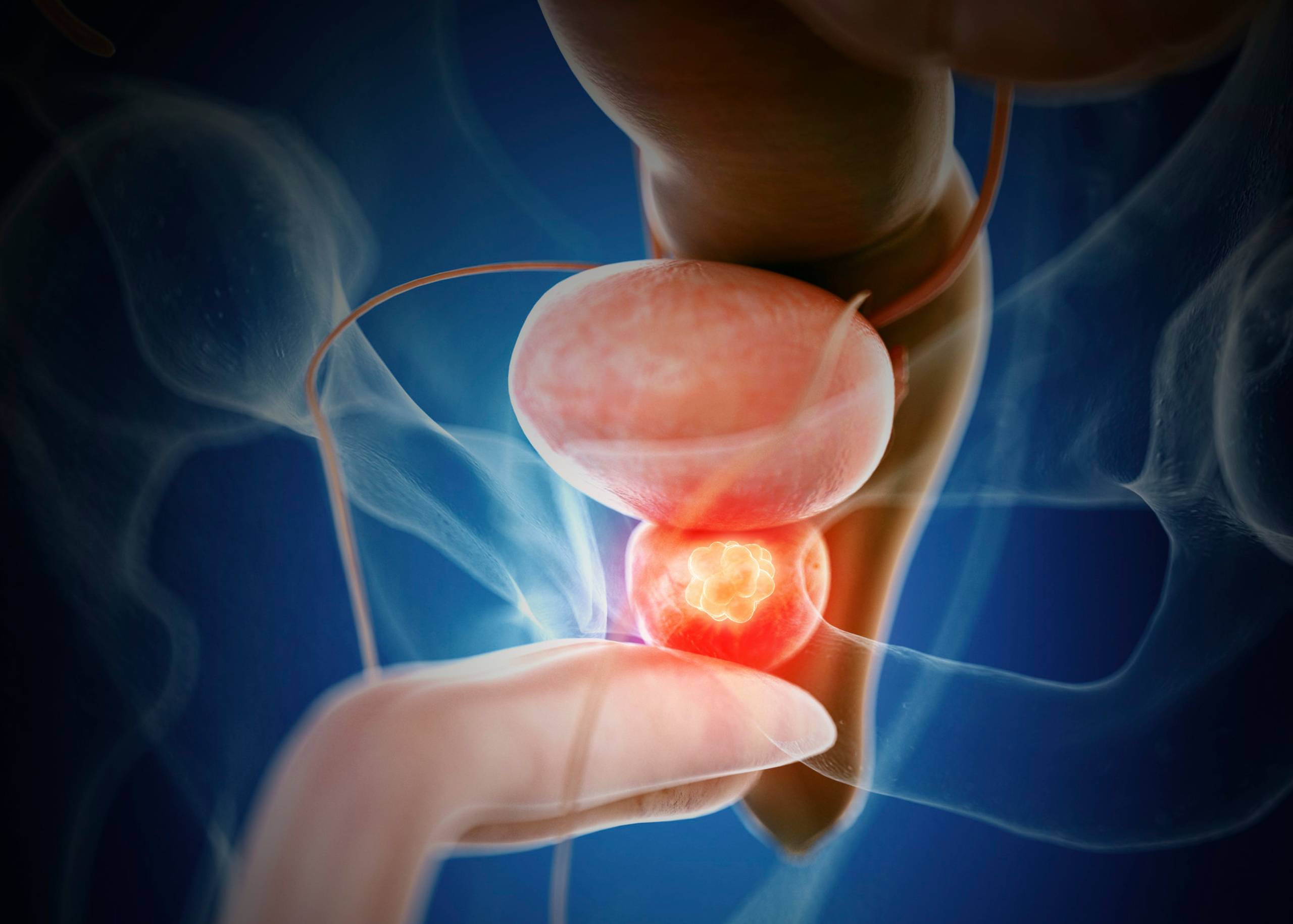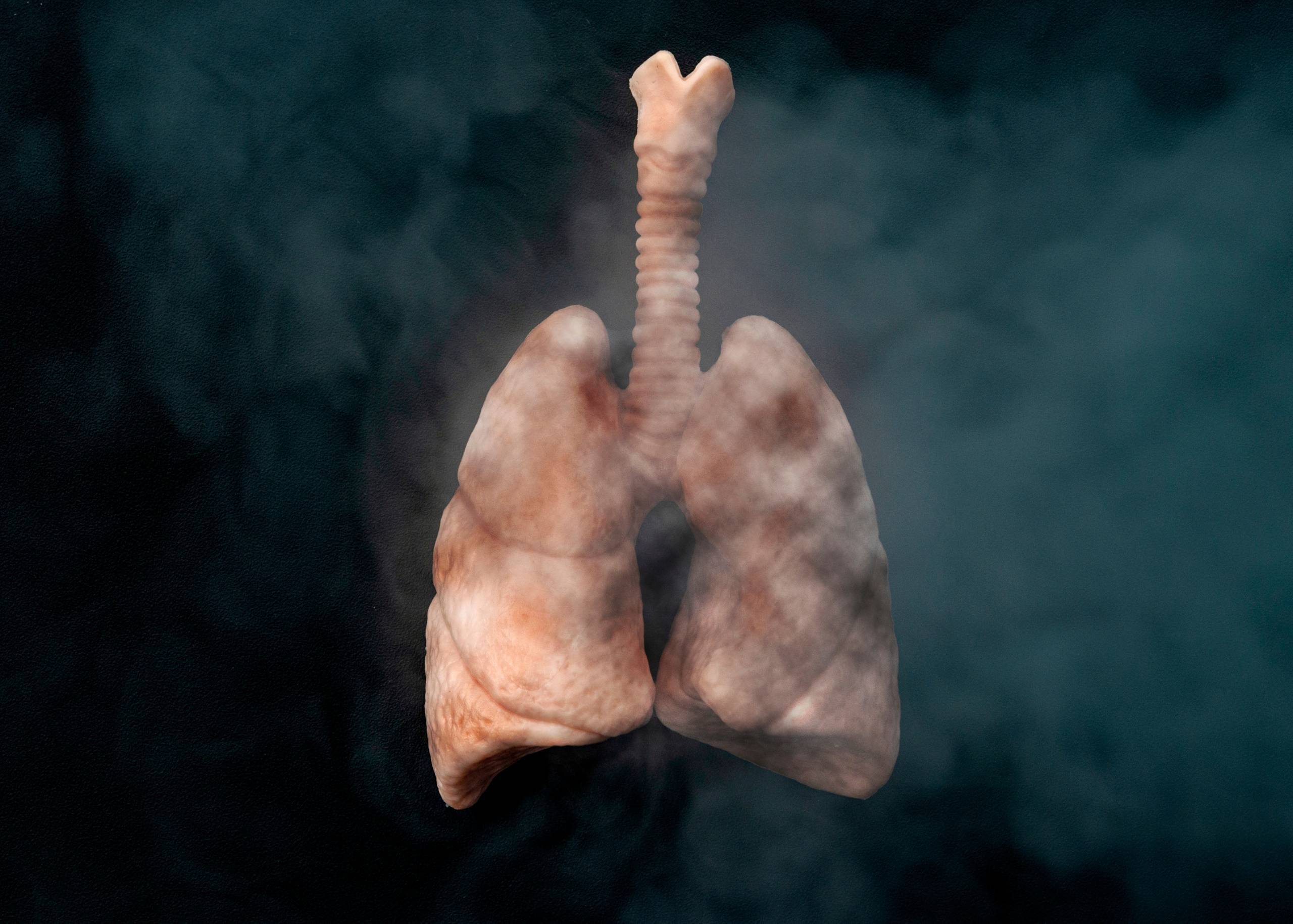What is palliative care?
Palliative Care is an approach to care that helps people with a life-limiting illness to have the best possible quality of life. It is available for everyone – of any age, race, culture, background, and religion. Palliative care aims to prevent and treat serious health-related suffering that may occur because of the medical condition or its treatment.
A life-limiting illness is an illness that can’t be cured. You may hear this type of illness called ‘life-threatening’ or ‘terminal’. People might also use the terms ‘progressive’ (gets worse over time) or ‘advanced’ (is at a serious stage) to describe these illnesses. Examples of life-limiting illnesses include:
- Advanced stage cancer
- End-stage organ failure – e.g. heart failure, renal failure, liver failure
- End-stage dementia
- Acute traumatic brain injury
- Patients with multiple organ failure
When having palliative care, the patient and their family are always in control of decisions about their health, medical treatment, or well-being.
Depending on your needs, palliative care may include:
- Medicine and other therapies to help relieve pain and other symptoms.
- Support for your family members.
- Help to meet your spiritual, religious, or cultural needs.
- Help and equipment to live comfortably at home where possible.
When is palliative care applicable?
Palliative care can be used at any time in your illness, not just for people who are near the end of life. If there are difficult-to-control symptoms (e.g., difficult pain, nausea, breathlessness, itch) then palliative care may be able to help. Having palliative care does not mean there is no hope, you have ‘given up’ or your families don’t care. Palliative care is given alongside your usual medical treatments and there is always something that we can do to make our patients feel better.
What is end-of-life care?
End-of-life care involves treatment, care, and support for people who are nearing the end of their life and is an important part of palliative care. End-of-life care is for people who are thought to be in the last year of life, but this timeframe can be difficult to predict. Some people might only receive end-of-life care in their last weeks or days.
End-of-life care aims to help you to live as comfortably as possible in the time you have left. It involves managing physical symptoms and getting emotional support for you and your family and friends. You might need more of this type of care towards the end of your life.
End-of-life care also involves talking to you and your family and friends about what to expect towards the end of your life. The people looking after you will talk to you about your needs and wishes, and make sure they consider what you want in the care they provide.
Where can I receive palliative care?
Depending on your needs and other requirements, you may receive palliative care at home, in a hospital, or in other care facilities. Many patients can be seen in the outpatient clinic but sometimes admission to the inpatient unit is required to optimize your symptoms, typically 1 to 2 weeks, before returning home.
It may be important for some patients and families to spend as much time as possible at home. In this case, we will work together with you to try and make this possible. We will work with your primary medical team and home care teams to try and facilitate care at home wherever possible.
Where can I see the palliative care team?
The palliative care team is based primarily at Burjeel Medical City in Mohamed Bin Zayed City, Abu Dhabi but clinics are also held at Burjeel Hospital Abu Dhabi and Burjeel Specialty Hospital in Sharjah.


